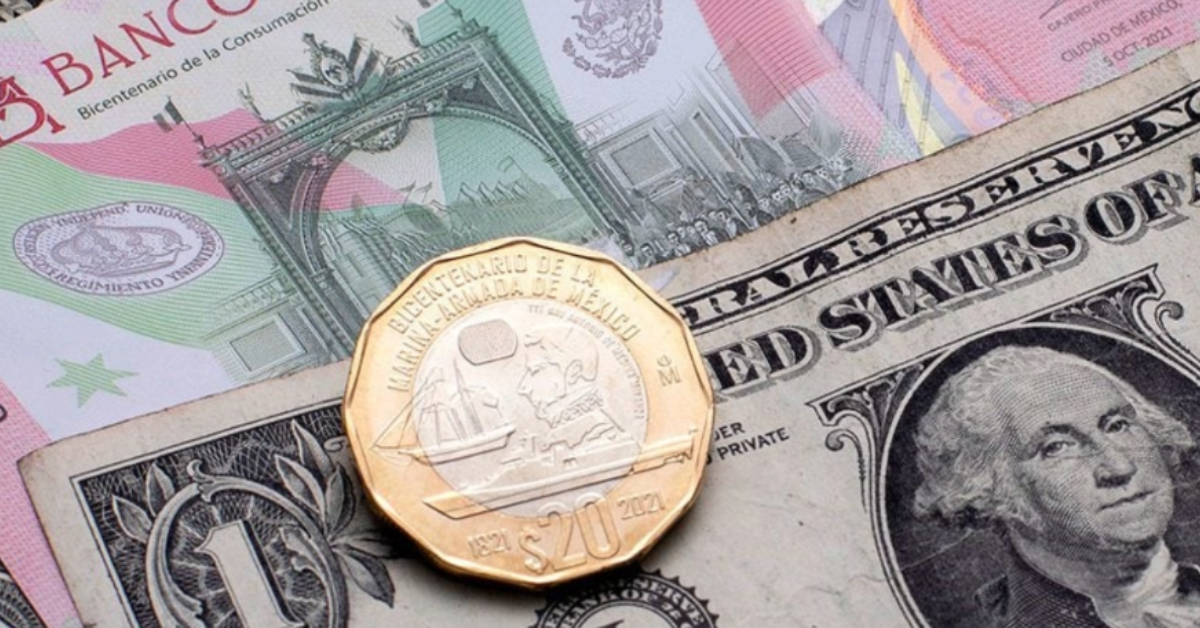On Wednesday, the Mexican peso erased gains from the previous session, depreciating by 0.58 percent at the opening of American markets. The exchange rate stood at 19.4179 pesos per U.S. dollar, reflecting growing investor caution ahead of the Bank of Mexico’s (Banxico) upcoming decision on interest rates. Market players are anxiously awaiting clarity on whether Banxico will implement a quarter-point or half-point reduction in the reference rate this Thursday.






